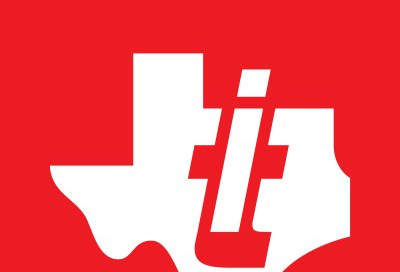Texas Instruments, best known for the graphical calculators, is the leading manufacturer of analog semiconductors. The company goes back to 1930 and has existed as Texas Instruments since 1951. The company revolutionized the world when it produced the world’s first silicon transistor in 1954 and invented the integrated circuit in 1958. Over the years, Texas Instruments became a giant in the semiconductor space and turned into a conglomerate. In 2004, Rich Templeton took over and transformed the company into what it is today: It divested many of its businesses, like its mobile chip segment, and focused on its most profitable businesses with a good future. Over his tenure as CEO from 2004 to 2023, Rich more than doubled EBIT margins and grew the company to a ROIC machine.
Business model
Let’s look at Texas Instruments’ business model and strategy. TI develops, manufactures and markets analog and embedded semiconductors. Analog semiconductors are very different from digital chips like GPUs. Products include power change, signal change chips, sensors or anything converting real-life signals to digital signals; every time a button is pushed, we need an analog chip. According to electronics sourcing, an average analog chip costs around 35 cents. Let's compare that to the average of $40 it takes to produce digital chips, for example, from Intel. This means that companies would hardly consider switching out a $0.35 chip for a $0.33 chip from a competitor. Analog chips have high switching costs.
The strategy is simple, in the words of previous CEO Rich Templeton:
The best measure to judge a company's performance over time is the growth of free cash flow per share, and we believe that's what drives long-term value for our owners.
If you've ever heard Rich Templeton speak, you'll know that he loves to talk about free cash flow per share but, most importantly, the long-term growth of this metric. I believe that TI has several durable and widening competitive advantages:
Large product portfolio in attractive end markets
Cost advantage through vertical integration
Geopolitically dependable manufacturing
Large product portfolio in attractive end markets
Unlike digital/AI chip companies like Nvidia, analog companies must have a wide range of products in their portfolio. TI has over 80,000 products sold to 100,000 customers, with the top 100 customers accounting for 60% of this revenue. Unlike competitor Analog Devices, TI doesn’t rely much on custom-built chips for specific customers but instead produces general-purpose chips. 75% of products can be sold to different customers in different end markets, reducing inventory obsolescence risk. The company spent $15 billion in R&D over the last decade to increase this portfolio.
TI operates predominantly in the Industrial (40% of sales), Automotive (34%) and Personal Electronics (15%) industries. As seen below from ASML’s end market expectations from 2022, we see that Industrial (12% CAGR) and Automotive (14% CAGR) are amongst the most attractive end markets poised for growth.





